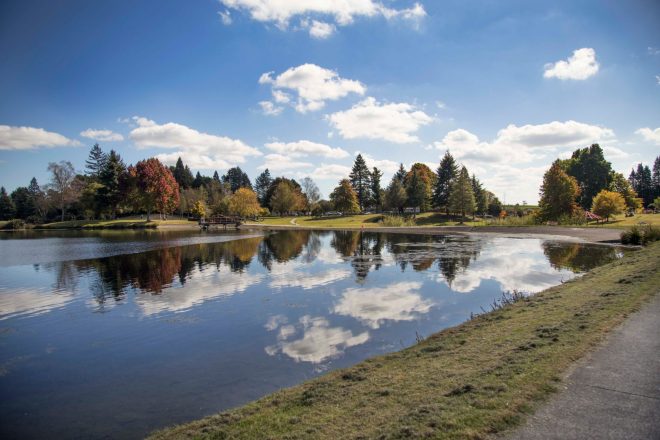Tokoroa 的历史
Tokoroa 的名字来自周边地区。托科罗亚是该地区第一个部落 Ngāti KahupungapungapungapungapungaPunga 的首领。他在目前的托科罗亚以南的 Pōhuturoa 围困中被杀害。这场战斗是当 Ngāti Raukawa 在 1600 年左右蔓延到怀卡托南部时发生的众多战斗之一。
农业和林业
泰晤士河谷土地公司在 19 世纪拥有托科罗亚周围的地区。Tokoroa 出现了一个小型农业定居点。20 世纪 30 年代,农民可以获得化肥,允许增加农业。1925 年至 1935 年间,新西兰永久森林在托科罗亚附近种植了辐射松林。到 1940 年代,商业森林已经成熟并被砍伐。新西兰永久森林的继承公司新西兰森林产品公司(NZFP)开始在附近的 Kinleith 建造纸浆和造纸厂以加工木材。林业成为该地区经济的重要组成部分,雇用了数百人。
一个公司小镇
自 1947 年起,Tokoroa 成长为房屋工人建筑,然后在 Kinleith 工厂工作。不寻常的是,一家公司开发了这个城镇 —— “新西兰森林产品”,而不是由州开发。
该公司在 1947 年至 1976 年期间建造了 2,230 所房屋,并为单身男子建造了营地。该镇的布局、社区设施,甚至房屋的外观都是为了吸引和保留稳定的劳动力。
不同的文化
来自
不同民族和族裔的工人来到托科罗亚生活,创造了一个独特的多文化社区。有些人获得了来自联合王国、荷兰和太平洋岛屿的援助移民,特别是库克群岛、萨摩亚、斐济、汤加和纽埃。其他人是从新西兰其他地方来托科罗亚的毛利人和 Pākehā。
今天,托科鲁瓦的经济仍然主要围绕农业、林业和物流。

















































